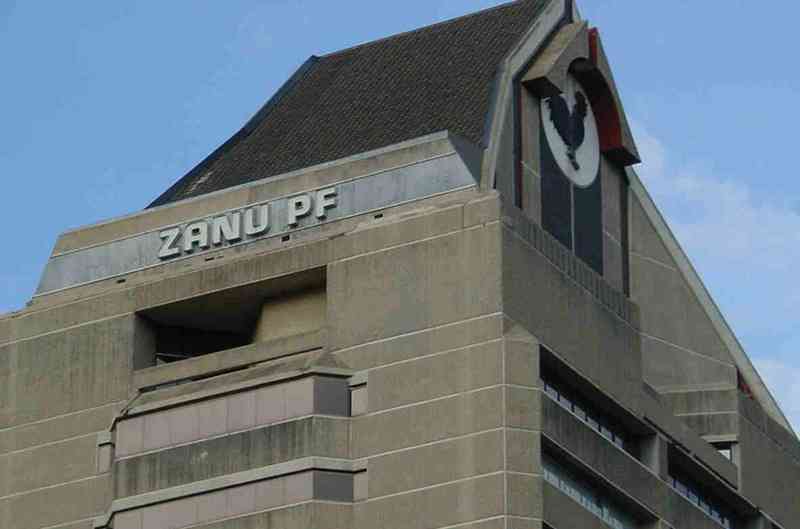
ZIMBABWE’S information communication technology (ICT) index jumped by nearly 18% in the fourth quarter of 2024, signalling robust growth in the country’s digital landscape, amid calls for investment in expanding network coverage to improve service quality in underserved regions.
The ICT index went up by 17,8% to 121,1 in the fourth quarter of 2024 fuelled by a sharp increase in mobile data consumption and voice traffic, according to the latest report from the Zimbabwe National Statistics Agency.
The ICT index, a key benchmark for tracking Zimbabwe’s communication sector, consolidates data from licensed operators on mobile and fixed-line voice traffic, internet usage and subscription volumes.
This upward trend highlights the sector’s expanding reach and deepening integration into daily economic and social activities.
Commenting on the findings, ICT expert Jacob Mutisi told NewsDay that the sharp rise in mobile internet usage and voice traffic reflects strong consumer demand and a growingreliance on digital connectivity.
“Consumer behaviour has seen a shift towards online activities, especially as digital platforms become more integral to communication and commerce,” he said.
“The European holiday season, considering there are 4,2 million Zimbabweans in the diaspora, typically sees increased mobile activity when they visit the country, which may have driven usage higher.”
Mutisi said the 18% growth in the ICT index against a 39,3% decline in postal services signalled a clear digital transition.
- Cops arrested for conning ICT perm sec
- Hwange communities tackle human-wildlife conflicts, crime
- Hwange communities tackle human-wildlife conflicts, crime
- Financial constraints slow down ICT penetration
Keep Reading
“There is a shift in communication preferences, consumers are favouring digital over traditional postal services. The post office is dead, if you want my honest opinion. Just like the landline,” he said.
“Businesses are increasingly leveraging on digital solutions, reducing reliance on postal services. Using electronic digital signature email has been the best form of communication for businesses.”
A total of 97 billion megabytes of mobile internet data were used nationwide during the fourth quarter, compared to 78 billion megabytes in the previous quarter, according to the report.
As a result, the mobile internet and data traffic index rose by 24,0% to 166,3, up from 134,1.
Mobile voice traffic recorded a notable jump as well, with 4,0 billion minutes registered during the quarter, up from 2,8 billion in the third quarter.
Accordingly, the mobile voice index increased by 41,7% to 129,5 in the period under review.
The overall traffic index rose by 32,7% to 135,6, while the subscription index edged up 3,0% to 106,5.
Active internet and data subscriptions climbed to 12,5 million, resulting in a 1,7% increase in the relevant index to 108,1.
Similarly, mobile subscriptions rose to 15,7 million, pushing the index to 106,4, a 3,7% quarter-on-quarter increase.
However, while the ICT segment posted strong gains, postal and courier services continued to struggle.
The postal and courier services index declined by 21,8% to 117,6, as mail and parcel volumes dropped sharply.
A total of 125 921 domestic postal letters were recorded in the fourth quarter, compared to 207 484 in the third quarter.
This translated to a 39,3% decline in the postal index, from 149,5 to 90,8.
Courier volumes also declined, with 159 120 recorded in the fourth quarter versus 190 061 previously.
Consequently, the courier index fell by 16,3% to 126,2.
In the fixed telephony segment, voice traffic declined, while subscriptions slightly improved.
Public Switched Telephone Network traffic dropped to 58,5 million minutes in the period under review from 62,2 million in the previous quarter, resulting in a 6,0% decrease in the index to 86,7.
Meanwhile, Mutisi has said the growth observed in the last quarter of 2024 can be seen as a mix of sustainable transformation and short-term surges.
“If investments in technology continue and user engagement remains high, the growth is likely sustainable. If the growth is primarily driven by seasonal spikes, it may not indicate a long-term trend,” he said.
Added Mutisi: “To maintain momentum, particularly in rural areas, the following areas should be prioritised including investing in infrastructural development, that is, expanding network coverage and improving service quality in underserved regions.”
He also called for a regulatory framework that streamlines regulations to attract investment in rural connectivity and digital literacy initiatives to enhance skills among the population to increase engagement with digital services.
“In public-private partnerships, there is need for fostering collaborations to accelerate infrastructural development and innovation,” he said.










